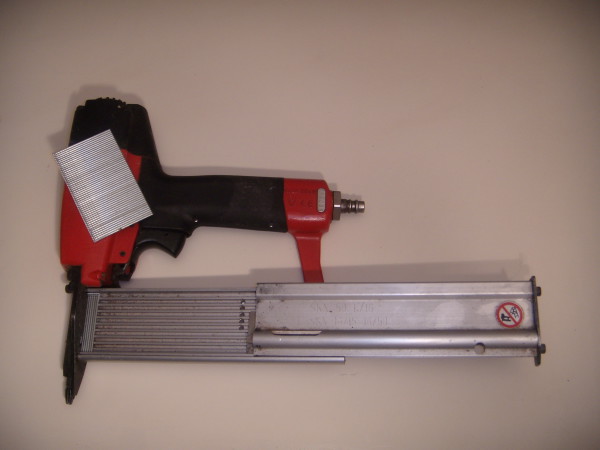A new roof is a massive investment for your house, and you are likely to spend thousands of dollars on it, and you expect it to last for at least 20 years. The costs can also go up depending on the type of materials used, the architecture of the roof and other numerous factors. Most importantly, your new roof should be able to withstand vicious storms, high winds, hail and other extreme weather phenomena.
Hiring an experienced team of roofing specialists will guarantee that your roof will meet all the quality requirements right from the first time, and your roof will be in top shape for decades to come.
Depending on the type of roofing materials you choose, there are different methods of application commonly used. Asphalt shingle roofs are the most common types of roofs in the country, mainly because of their low cost and easy installation process.
The quality of these roofing systems greatly depends on how well the shingles were applied to the underlying roof deck. There are two main methods of application: gun nailing – that is faster, but riskier, and hand nailing – which is the ideal application method, although more time-consuming.
Because of the speed of the installation, nail guns have become quite popular in the industry, but there are many downsides related to this relatively new technology. Many roofing experts consider nail guns terrible for roofing, especially when inexperienced roofers do the work. However, there are also other numerous reasons why this method is avoided by professionals and here are the most common ones:
Nail guns cannot provide enough accuracy
The roof is the most important part of your home. It protects the interior and all of your belongings from the dangerous outside world, including storms, hail and wind. However, on the other hand, it is also one of the most fragile areas of the house, and it is easily damaged by even the smallest or most insignificant exterior factor. Mold, dirt, water leaks, hail and snow can easily tear and break the outer roof layer that, in turn, can lead to structural damage to the entire house.
The main way to avoid any roof related damage is to install each shingle properly, and for this you need excellent accuracy. Unfortunately, nail guns cannot ensure the required accuracy when applying the shingles, and errors are very common. Many roofers complain that, when using nail guns, they are not able to align properly and determine the exact position of the next puncture, which often leads to cracks and ruptures.
Also, industry experts point out that companies which work solely with pneumatic fastening devices for shingle application report more warranty call backs when compared to companies that rely only on hand-nailed shingle application.
Nail guns often shoot nails at bad angles and damage the roof
Another common issue that many roofers have complained about when it comes to nail guns is the fact that some nails are simply not “shot” properly. The complaints refer primarily to nails that are shot at a bad angle (which fail to catch the wood deck) and nail pops, which can create serious problems if they are exposed to the elements.
Many professional roofers say that nail guns often shoot nails at a bad angle, and it is almost impossible to detect whether they properly fixed the shingle to the underlying deck. On the contrary, when it comes to hand nailing, the roofer can easily feel whether the nail has “caught” the underlying wooden structure and can easily adjust the nail’s angle.
The writer of this article, Flaviu Mircea, is himself experienced in roofing, and knows how important it is to keep this part of the home in perfect shape. For professionals who provide the best service, and don’t try to cut corners by using nail guns, he recommends turning to www.housetoproofing.com. You can learn more about Flaviu on Google+.

